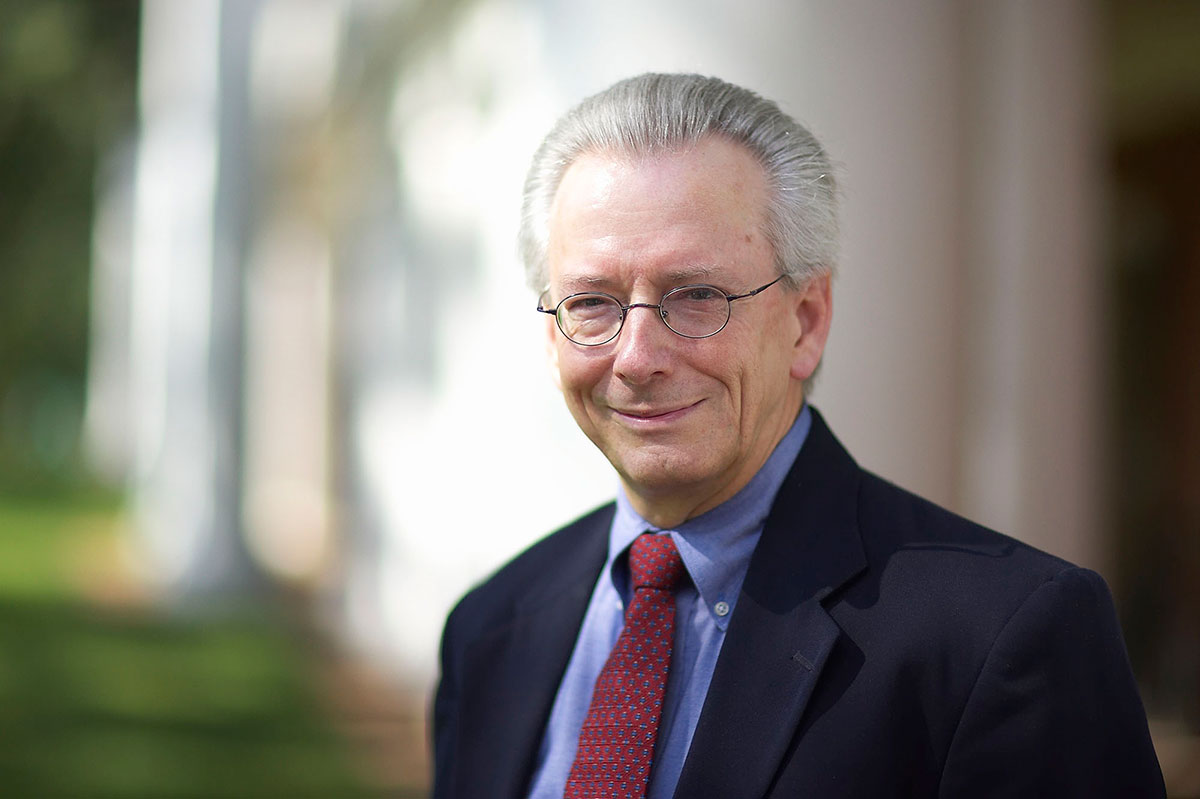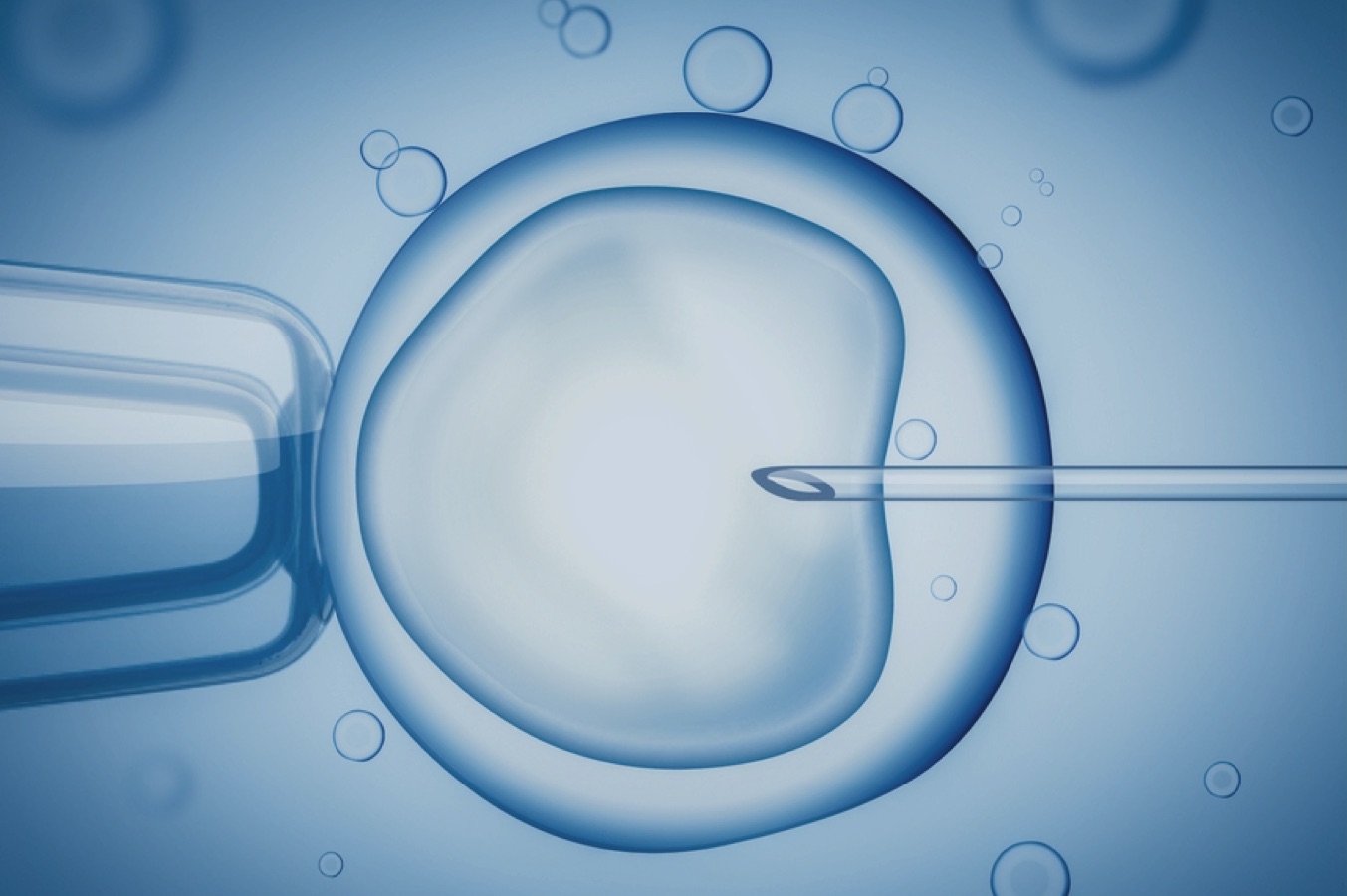At the behest of the Food and Drug Administration, a committee – including University of Virginia professor James Childress – has spent more than a year studying ethical questions surrounding so-called “three-parent babies,” created by replacing the intended mother’s defective mitochondrial DNA in an oocyte (egg) or zygote (fertilized egg) with mitochondrial DNA from a second woman.
The technique, known as mitochondrial replacement, was approved in the United Kingdom last year and is under consideration in other countries. It is intended to prevent children from inheriting faulty mitochondria from mothers carrying mitochondrial diseases. These diseases, which are transmitted entirely through maternal mitochondrial DNA, can be fatal or cause developmental delays, seizures, vision loss, heart problems and other long-term health issues. Estimates indicate that the average number of children born each year in the U.S. from women who are at risk for transmitting mitochondrial disease is fewer than 1,000.
During mitochondrial replacement, the intended mother’s mitochondria are replaced with those of a healthy donor. The replaced mitochondria represent less than 0.2 percent of the child’s total genetic material, the bulk of which comes from the nuclear DNA contained in the child’s 23 chromosomes. That DNA would not be affected.
However, children born using this technique would have mitochondria from a third-party female donor and nuclear DNA from the intended mother and father; hence the term “three-parent babies,” which Childress called “somewhat misleading.”

James Childress, University Professor, Hollingsworth Professor of Ethics, and professor of religious studies at UVA, served on an Institute of Medicine committee preparing a report on the ethics of creating so-called “three-parent babies” using mitochondr
The FDA will consider the recommendations released Wednesday as it determines whether, when and under what conditions it will accept applications for clinical investigations of the technique in the U.S.
UVA Today sat down with Childress to learn more.
Q. What was your committee’s recommendation?
A. The FDA asked our committee to determine if there were ethical, social or policy issues that would preclude them from considering applications for clinical investigations of mitochondrial replacement in the U.S. After more than a year of analyzing information, holding public hearings and interviewing experts, we concluded that it is ethically permissible for clinical investigations of mitochondrial replacement techniques to proceed, with plenty of caution and several key restrictions in place. The committee is not saying the FDA should or should not approve such investigations, only that, in its judgment, there are no insurmountable ethical, social or policy barriers to undertaking clinical investigations as long as certain conditions and principles are met.
Q. What key restrictions did the committee recommend?
A. It is important to emphasize that the United Kingdom is able to regulate the entire process much more tightly than we would be able to in the U.S. Consequently, our committee felt that several restrictions were necessary.
One of the most important restrictions is limiting mitochondrial replacement to male embryos, instead of male and female embryos, which are both approved in the U.K. Second, since mitochondrial diseases can vary greatly in severity, we proposed limiting candidates to those at risk of transmitting serious, life-threatening diseases until the effects of the procedure are better understood.
Q. Why is it important to distinguish between male and female embryos?
A. Mitochondrial DNA is transmitted on the maternal side, so replacing the mitochondria of female embryos would mean that this alteration would continue through successive generations. The U.S. has not yet approved genetic modifications that can be passed on through generations, so doing so would cross a significant line. Until more can be understood about the safety and effectiveness of the procedure, we recommended limiting it to male embryos, which would limit the effects to one generation.
Q. What other major ethical concerns were explored?
A. One major concern was whether this procedure could open the door to genetic enhancement or “designer babies,” where people choose the traits they want in a child.
In thinking about that, it is important to emphasize that mitochondrial DNA is significantly different from nuclear DNA. Nuclear DNA determines most physical and personality traits and it would not be affected by mitochondrial replacement. Thanks to that natural barrier, mitochondrial DNA replacement does not open the door to the “designer baby” problem in the same way that altering nuclear DNA would.
Q. What social concerns are associated with one child sharing genetic material from three adults?
A. Even if the genetic material is not passed on through successive generations, this raises questions about a particular child’s sense of identity, ancestry and lineage. These are important social and familial considerations. We recommended that this discussion be a part of the informed consent process for prospective parents considering mitochondrial replacement.
Moreover, if we want to know over time how safe and effective this technique is, scientists will need to carefully monitor children long after their births. Those children, once they become old enough, would have the right to consent to or refuse to participate in this study. So, that is something to consider in the long term.
Q. What are the next steps?
A. We expect that the FDA will continue a process it has already started to consider if, when and under what conditions clinical investigations of mitochondrial replacement might be warranted. Mitochondrial replacement is promising for that subset of the population that wants to share genetic material with their child while minimizing the risk of transmitting mitochondrial disease. But it raises enough questions and concerns that we recommend significant caution and restrictions, particularly in the early stages of research while global discussion of heritable genetic modification continues.
I have served on several committees of this sort, and I always enjoy thinking through various ethical, social and policy issues with people from a wide range of perspectives and backgrounds. I find the whole process illuminating and fruitful, and I think we had a great committee that produced a clear and potentially helpful report. Now we’ll see what happens.
Read the committee’s full report here.
Media Contact
Article Information
February 4, 2016
/content/qa-exploring-ethics-three-parent-babies

